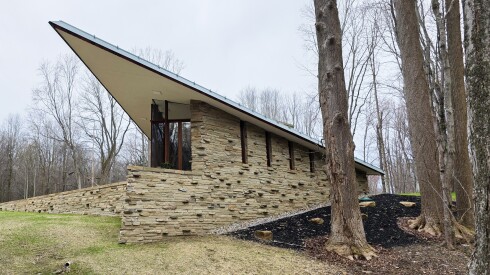Salar de Uyuni, located in the Daniel Campos province of Bolivia, looks like it belongs on another planet. Stretching for more than 4,050 square miles—a little smaller than the state of Connecticut—it is the world’s largest salt flat, formed when several prehistoric lakes dried up 25,000 to 10,000 years ago, leaving behind hexagonal patterns of salt on the otherwise featureless surface. When nearby lakes overflow, or the area gets rain, a thin layer of water covers the expanse, transforming it into a massive reflective mirror that makes for jaw-dropping, dreamlike photos.
The natural wonder has served as a valuable source of salt and lithium for Bolivia, and it has long been a hot spot for tourism in South America. There’s even a hotel built out of salt bricks: the Palacio de Sal. If you’re planning a trip to witness the surreal beauty of the Salar de Uyuni salt flat, here’s what you need to know.
When should I visit?
To see Salar de Uyuni’s breathtaking mirror effort, visit during wet season, from December to April—but be aware that when it gets too rainy, it can be hard to get around and you might not be able to access certain areas. May to November is the dry season, which means temperatures are colder, but the ground is harder and you can drive across the land more easily.
The ideal month to visit is May, when the seasons transition from wet to dry and you’ll have a good chance of seeing the salt flats both dusty and reflective.
How do I get to Salar de Uyuni?
Salar de Uyuni sits near the point where Bolivia, Argentina, and Chile meet, so tourists tend to come from three different starting places.
The town of Uyuni in Bolivia is the most popular place to embark on tours of the salt flats. The small town is so close to the flats, you can easily take day trips. If you’re traveling from La Paz to Uyuni, you can take a one-hour flight or an eight-hour overnight bus.
San Pedro de Atacama in Chile is another well-known starting point for tours of the salt flats, but because it’s about 200 miles away, most tours are three days long.
If you’re coming from Argentina, look into multi-day tours operating out of Tupiza, Bolivia, a good base less than 60 miles over the Argentinian border.
What tour should I use to visit Salar de Uyuni?
Tour operators in the region offer shared or private tours. Shared tours are more affordable, but they don’t offer much flexibility when it comes to your schedule. Also, most shared tours are led by Spanish-speaking guides, while private tours can offer English-speaking ones.
Many tours of the salt flats also go to other attractions in the area, such as the Polques hot springs, the Atacama Desert, and high-altitude lakes like Laguna Colorada. Look into tours originating in San Pedro de Atacama and Tupiza for itineraries that include these destinations.
Anything else I should know?
Salar de Uyuni is located nearly 12,000 feet above sea level, so you might experience altitude sickness symptoms such as nausea and headaches and should plan accordingly.
To enter Bolivia, travelers must have a tourist visa, which costs $160 for U.S. citizens, and a yellow fever vaccination certificate if they are traveling from a country with risk of yellow fever.









